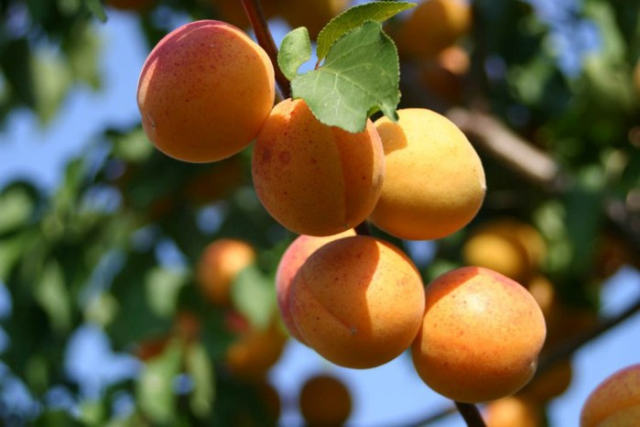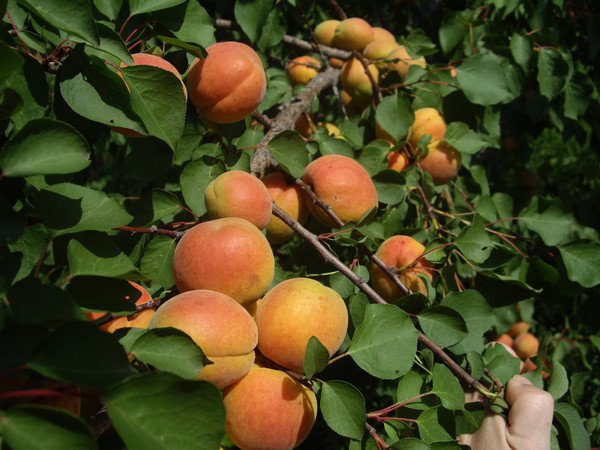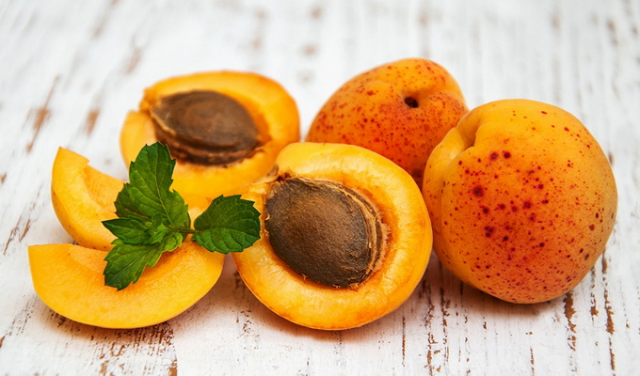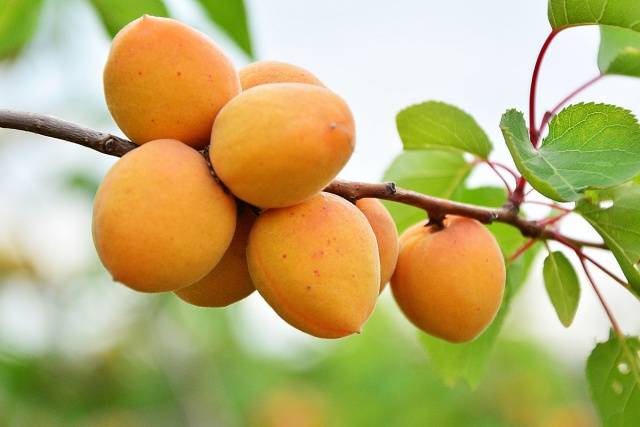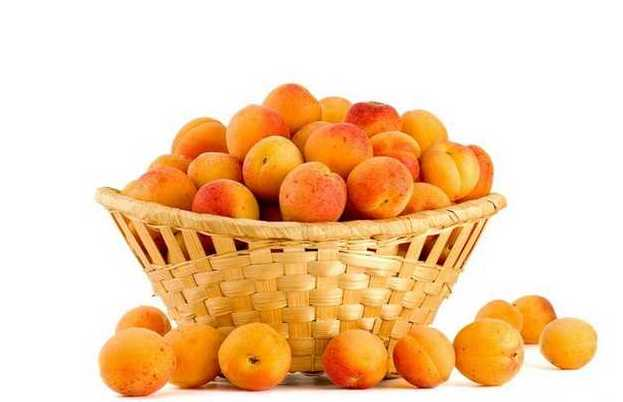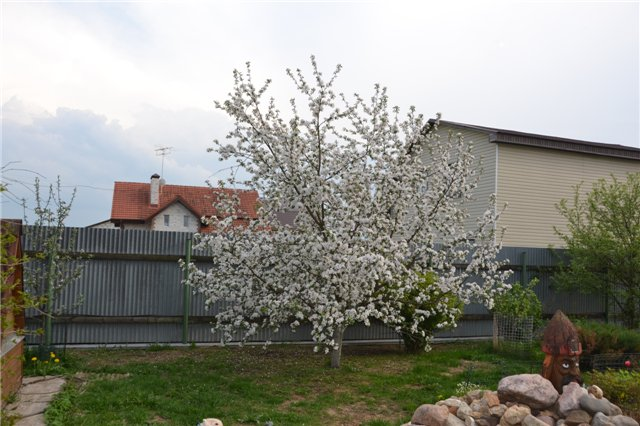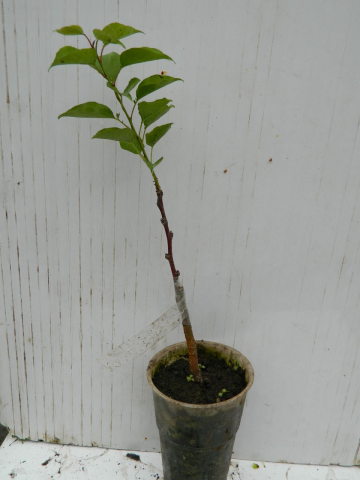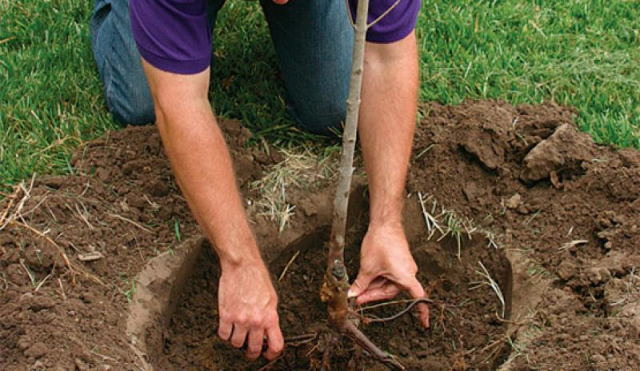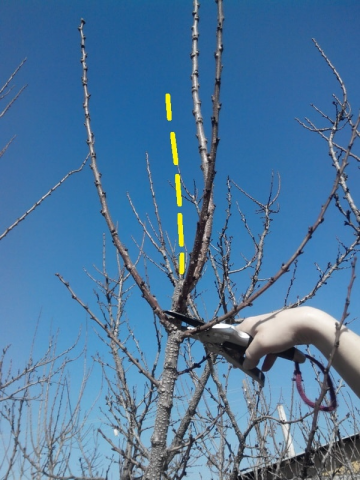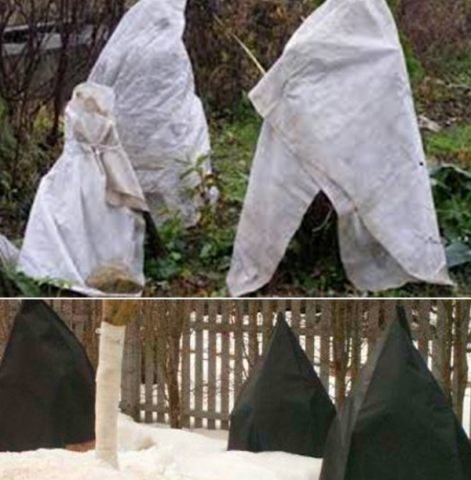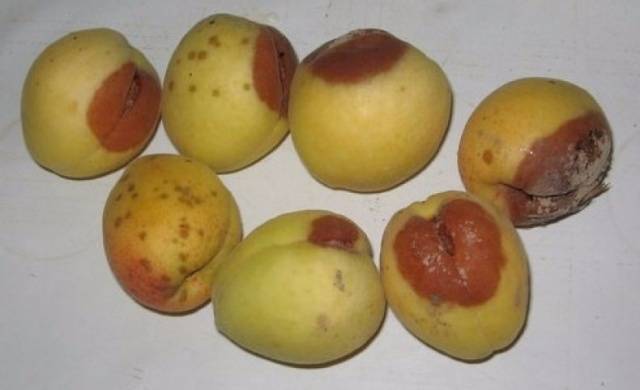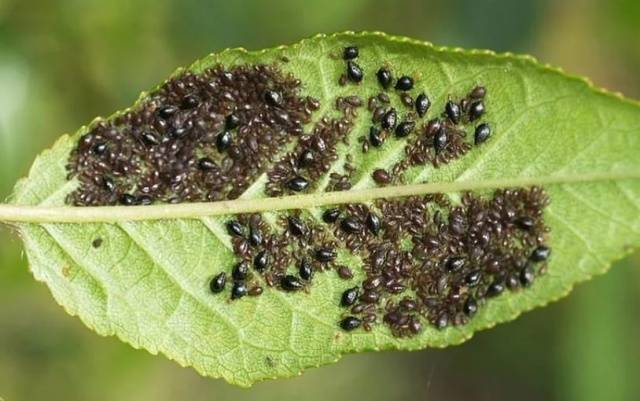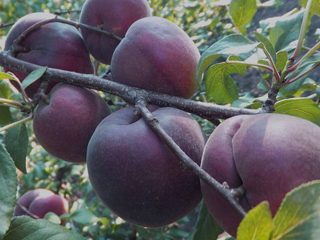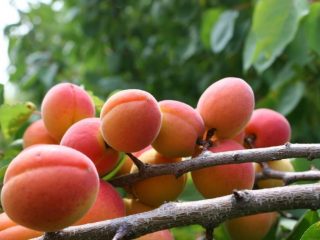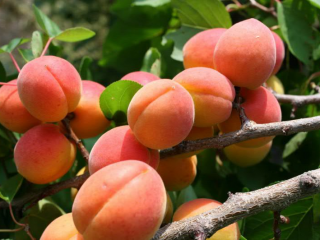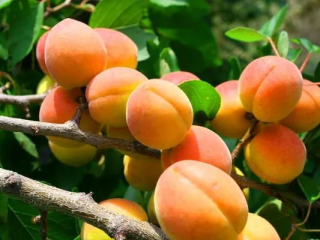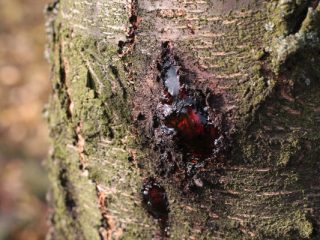Content
Ulyanikhinsky apricot is a hybrid variety, deservedly loved by domestic gardeners. The reason for its popularity is its large number of strengths, against the background of which the rare shortcomings inherent in the variety are not very significant.
History of selection
For the first time, a description of the Ulyanikhinsky apricot variety was presented by its author, amateur breeder L. M. Ulyanikhin. It was obtained by crossing the Red-cheeked variety with the hybrid descendant of Satser and Tovarishch.
An entry about him in the State Register appeared in 2004.
Description of culture
The Ulyanikha apricot tree is powerful and tall (3–4 m). Characterized by a wide spreading crown. Its shape is round, its thickness is medium.
The leaves are bright green, wide, medium in size, and shaped like an egg.The leaf blade is slightly curved, its edge is uneven, coarsely serrated, raised upward. The base of the leaf is rounded, the tip is sharp.
The bark of Ulyanikha apricot shoots is brown with a reddish tint. They are small, smooth, and grow vertically upward. The buds are small, cone-shaped, and do not press against the surface of the shoot.
The flowers are five-petaled, white, bloom before the leaves appear.
The fruits of the Ulyanikha variety are medium (26–33 g), round, and not firmly attached to the stalk. The weight of the stone is 3% of the total weight of the fruit; it is easy to separate from the pulp. The skin of the Ulyanikha apricot is thin, dense, velvety, its color is yellow with a dotted reddish blush. The pulp is juicy, aromatic, tender, yellow-orange in color.
The regions in which the Ulyanikha apricot is able to demonstrate its best qualities to the maximum are the territories of the Central Black Earth region, as well as the Oryol region.
Characteristics
The botanical characteristics of the Ulyanikhinsky apricot variety are complemented by a brief description of its strengths and weaknesses.
Drought resistance, winter hardiness
The winter hardiness of this apricot variety is high - the plant tolerates periods of low temperatures well.
Apricot Ulyanikhinsky loves moisture, but at the same time it reacts poorly to its excess, and therefore it is recommended to control the degree of soil moisture.
Pollination, flowering period and ripening time
Ulyanikha is a self-pollinating apricot variety. Nevertheless, the presence of trees nearby on a site that are suitable as pollinators can significantly increase its productivity.
Proven pollinators for the Ulyanikhinsky apricot - other varieties of apricots:
- Comrade;
- Michurinsky is the best;
- Success;
- Red-cheeked;
- Northern Triumph.
Apricot Ulyanikhinsky blooms in April.
The fruits ripen in the middle period - by the end of July.
Productivity, fruiting
The photo of the Ulyanikhinsky apricot presented below illustrates the high yield of this variety.
It begins to bear fruit in the third year. During the season, it is quite possible to harvest up to 80–100 kg of crop from one tree.
The pulp of the Ulyanikha apricot fruit is rich in:
- sugars (10.3%);
- acids (1.13%).
The taste of the fruit is pleasant, sweet with a slight hint of acid. They deserved a high tasting score - 4 points (out of 5).
It is easy to transport the fruits of the Ulyanikhinsky apricot variety; they retain their freshness and attractive appearance for a long time.
Area of application of fruits
The purpose of the fruits of the Ulyanikha apricot is dessert and table. It is excellent in fresh and dried form, in recipes for sweet jams, compotes, marshmallows and other preparations, the most popular and favorite of which, without a doubt, is jam.
Resistance to diseases and pests
The Ulyanikhinsky apricot variety is considered resistant to pests, a number of fungal diseases of stone fruit plants, as well as warming of the bark in the root collar area.
Advantages and disadvantages
To summarize, we can briefly highlight the following advantages and disadvantages of the Ulyanikha apricot variety:
Advantages | Flaws |
High tolerance to low temperatures | Vigorous trees |
High, stable yield | Tendency to form unfruitful shoots |
Good fruit taste | Tendency to crush fruits |
During transportation, the fruits retain their presentation well | Does not tolerate excess moisture |
Self-fertility |
|
Resistance to preheating, fungal diseases and pests |
|
Landing Features
Planting and caring for the Ulyanikhinsky apricot is subject to a number of simple rules.
Recommended timing
It is recommended to plant Ulyanikha apricot variety:
- in spring (last days of April);
- in autumn (late September – early October).
Choosing a suitable location
The optimal area for Ulyanikhinsky apricot will be:
- well lit by the sun and protected from the wind;
- the groundwater level, under which it does not rise above 3 meters, but also does not fall too deep;
- with light, fertile soil, the acidity of which is neutral or lower.
What crops can and cannot be planted next to apricots?
It is believed that apricot is one of the most “quarrelsome” garden crops, since it does not tolerate any other species in its vicinity.
It is recommended to plant only other apricots of the same or other varieties near an apricot tree. At the same time, it is recommended to maintain a distance of at least 4.5–5.5 m between tall trees, which includes the Ulyanikha variety.
Selection and preparation of planting material
To grow Ulyanikhinsky apricots, it is recommended to take annual trees - they take root more successfully, and forming crowns for them is easy and convenient.
A high-quality Ulyanikha apricot seedling must have:
- healthy bark without damage or cracks;
- strong, thick branches;
- in the lower part of the trunk there is a thorn from the rootstock;
- developed root system with a large number of fibrous roots.
Landing algorithm
The correct way to plant a Ulyanikha apricot seedling in the ground is as follows:
- dig a planting hole approximately 0.8 m deep and wide;
- pour into the bottom a nutrient mixture of soil with 2 buckets of mullein, 650 g of superphosphate (granules), 350 g of potassium sulfate solution and 0.25 kg of ash;
- plant the seedling, monitoring the position of the root collar (5–7 cm above the soil level);
- pour the soil mixture into the hole and gently trample it;
- pour water (20–30 l);
- mulch the soil (sawdust or peat).
More details on how to plant apricots are shown in the video.
Subsequent care of the crop
Pruning of a young Ulyanikha apricot is carried out as follows:
- for the first time, the branches are cut immediately after planting, to a height of 40 cm from the ground;
- until the third year, a crown is formed from 5–7 main branches in tiers;
- further apricot tree pruning carried out for rejuvenating and sanitary purposes, as well as to prevent excessive density of branches.
It is recommended to water the Ulyanikha apricot three times a season:
- before flowering begins;
- during shoot growth;
- two weeks before the fruits ripen.
The Ulyanikhinsky apricot tree necessarily requires regular and proper feeding:
- in the spring, mineral fertilizers (in particular, urea), as well as organic matter, are added to the soil;
- in summer they additionally enrich the soil with nitrogen-containing substances;
- In the fall, the emphasis is on potassium, calcium and phosphorus fertilizing.
In winter, Ulyanikhinsky apricot requires additional protection:
- the surface of the tree trunk circle is generously covered with straw, spruce branches, and reeds - this will not allow the roots to freeze;
- It is advisable to wrap the root collar area tightly with burlap;
- the ground part of young trees is hidden under protective covers made of oilcloth or spunbond;
- The bark will be protected from rodents by a metal mesh wrapped around the trunk.
Diseases and pests, methods of control and prevention
It is believed that the Ulyanikha apricot suffers from diseases extremely rarely. Nevertheless, it doesn’t hurt to know the manifestations and methods of treating the main ones:
Disease | Symptoms | Prevention and treatment measures |
Gray rot of fruits (manifestation of moniliosis) | The fruits are covered with a dense gray coating; they rot and die, falling off or drying up on the branches | Destruction of infected fruits, timely pruning of the tree. Spraying with Bordeaux mixture, “Horus”, “Switch” preparations |
Hole spot (clasterosporiasis) | Brown spots on the leaves, in the places of which holes subsequently form. Shoots crack and become deformed | Pruning and destroying diseased branches and leaves. Spraying with Bordeaux mixture, Horus preparation, copper sulfate |
Mushroom Valsa | Infection - getting into wounds on the bark, it manifests itself as orange growths - “ulcers” | For preventive purposes, you should loosen the soil well and not cut off the branches of a tree that is at rest. Treatment of affected areas with the drug “Switch” |
The same goes for insect pests:
Pest | Appearance and activity | Prevention and control measures |
Aphid | Colonies of small black insects feeding on tree sap | Timely watering and fertilizing of plants. Whitewashing the trunks with lime twice a year. Treatment with Actellik, Intravir, Fitaverm |
Caterpillars of the subbark leaf roller | Pale green caterpillars with a brown head, making deep passages in the lower part of the trunk | Regular digging of the tree trunk circle. Destruction of the affected parts of the bark. Spraying with chlorophos |
Plum moth | Large (up to 2 cm) pink caterpillars, gnawing into the pulp and damaging the fruit bone | Whitewashing of logs with lime. Spraying with Tagore, Avant, Kinmiks |
Conclusion
Ulyanikha apricot is a hardy, high-yielding hybrid variety characterized by excellent fruit taste and high resistance to diseases and pests. Among the disadvantages inherent in the variety are the tall growth of trees, a tendency to overgrow and sensitivity to excess moisture. They cannot be called significant, and therefore reviews of the Ulyanikhinsky apricot among gardeners are mostly positive.
